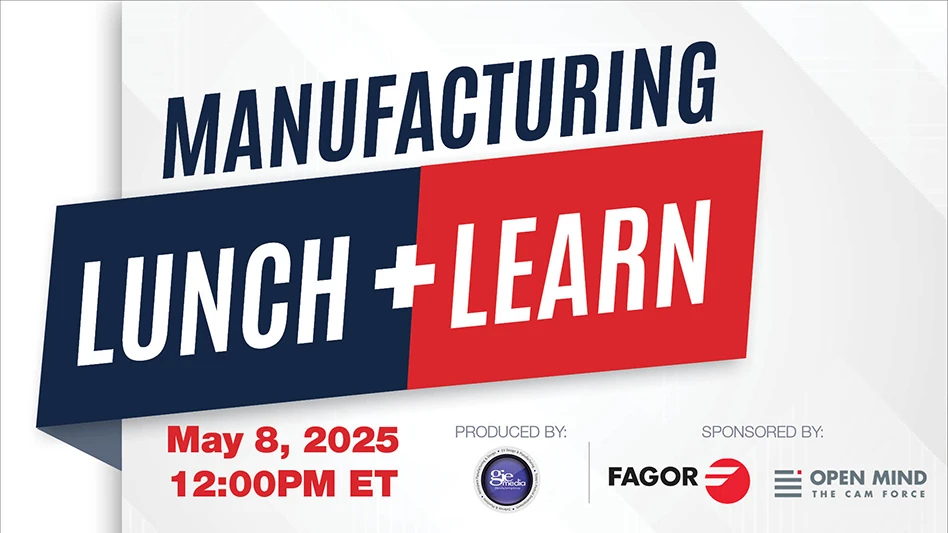
1. What improvements does 3D printing offer in the production of knee implants?
Improvements include customized implant production specially tailored to the needs of the patient, meaning better fit and tolerability for the patient, which also positively benefits the healing process. For the manufacturer, this means quick production of blanks and quick changes to the product are possible. There’s a wide range of applications in the field of prototypes, tests, and production of molds with rare sizes, saving the production of often expensive casting or forging.
2. What makes selective laser melting (SLM) specifically well-suited for implant manufacturing?

The first and one of the most important is the high precision and complexity in terms of geometry, which is difficult to achieve with conventional manufacturing techniques. This makes it perfect for implants that have to be precisely adapted to the anatomical conditions of a patient. SLM enables an increasing variety of biocompatible materials such as titanium. Not every material can be used inside the body; titanium and cobalt chrome are two of them. Another point is the reduction of material waste. SLM is a layer-by-layer process that only uses the material actually needed. You can create complex geometries with no waste of material.
3. What new or enhanced features does the LASERTEC 30 SLM US bring to the implant production process?
- Best in-class cost per part
- Unmatched accuracy
- High productivity with Adaptive Beam Control
- Optimal powder bed conditions with electrostatic recoater and more!
This machine offers a programmable, 1,2000W laser from nLight that allows for dynamic switching of the laser spot size during the process. DMG MORI’s Adaptive Beam Control platform can then assign larger spot sizes (up to 240 micron) and higher laser powers to infill areas to drive productivity and smaller laser spot sizes (down to 80 micron) to smaller features for fine resolution. This combination of smart parameter application means that we have a single laser machine with the productivity of a multi-laser system. The end result is a much lower cost per part made with this machine when compared to other LPBF platforms.
With this technology we can manufacture various parts on a large scale. We can combine different manufacturing methods to produce the parts, meaning we manufacture the parts in the first step on a milling machine such as our DMP or DMU eVo series. In the next step we print complex structures such as tibial plateaus with complex, individually adapted, and customized implants made of titanium.
4. How does the LASERTEC 30 SLM US impact post-processing?
For SLM post-processing, we can combine our classic process with a new one. The customer can mill some parts in the first step; in the second step, they can print complex structures direct to the patient’s needs. This reduces the cycle time and gives the manufacturer more flexibility, and at the end we have better implants for the patient.

5. What materials can be used with LASERTEC machines?
Materials include stainless steel, tool steel, titanium, aluminum, nickel, cobalt, and copper alloys.
DMG MORI
https://chicago.dmgmori.com


Explore the April 2025 Issue
Check out more from this issue and find your next story to read.
Latest from Today's Medical Developments
- Siemens accelerates path toward AI-driven industries through innovation and partnerships
- REGO-FIX’s ForceMaster and powRgrip product lines
- Roundup of some news hires around the manufacturing industry
- Mazak’s INTEGREX j-Series NEO Machines
- The Association for Advancing Automation (A3) releases vision for a U.S. national robotics strategy
- Mitutoyo America’s SJ-220 Surftest
- #56 - Manufacturing Matters - How Robotics and Automation are Transforming Manufacturing
- STUDER looks back on a solid 2024 financial year






